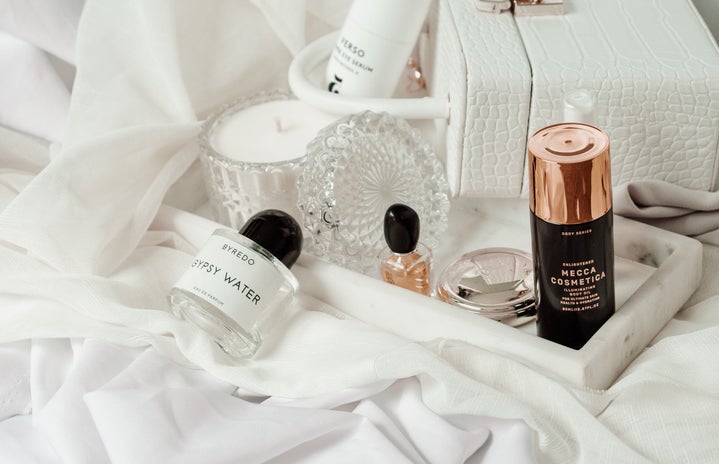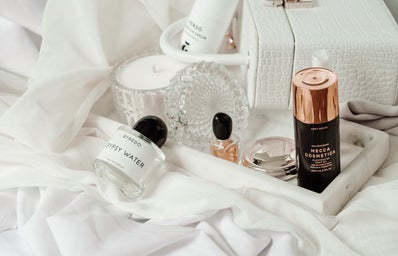The premiere of the live action version of “Beauty and the Beast” has sparked a lot of excitement, especially for fans of the animated original. And with the casting of HeforShe figurehead Emma Watson, critics were curious to see how this strong advocate for gender equality would approach the role of a Disney princess whose feminist qualities are a bit lacking. For those advocating for women empowerment, the live action take on this Disney classic will disappoint. Here are some major changes Belle took when transitioning from animation to real life. SPOILERS AHEAD.
1. The inventions of Maurice
In the original animated version, Belle does not assist her father with making the infamous invention that later allows for her to escape. Rather, she is too concerned with the way in which the town perceives her. Although this sentiment is also expressed in the live action take, Emma-as-Belle doesn’t emphasize that concern as much; she is more concerned with what her father is making. Not only does she express interest in a present-day STEM subject, she even anticipates the next tool that her father will need to complete an invention. Later in the film, Emma-as-Belle goes on to make her own invention, an early washing machine. Although the town ridicules her innovation, the action still proves that women can easily excel in mechanics and engineering.
2. Gaston’s proposal
It’s quite clear throughout both adaptations of the film that Gaston is more than a bit smitten with Belle and wants to make her his wife. However, Belle’s reactions in both films are vastly different. In the animated version, Belle turns down Gaston’s proposal because she sarcastically doesn’t believe she deserves him. Although this is still a rejection, animated Belle gives the impression that she is to blame for their incompatible union. The fact that she vents her frustrations in private rather than to Gaston himself emphasizes the notion that it’s better for women to blame themselves for unwanted male advances than hurt their egos. That outdated mentality is rectified in the live action adaptation, where Emma-as-Belle makes it abundantly clear to Gaston that she doesn’t want to be with him because she finds him repulsive.
3. Belle’s imprisonment
In the original film, when animated Belle rejects the Beast’s invitation to dinner, she runs to her new bed and weeps, clearly giving up to her circumstances. In the live action version however, Emma-as-Belle attempts to escape her miserable situation by taking clothing from the wardrobe and making them into a rope. Although she doesn’t follow through with her escape, the fact that it wasn’t even attempted in the original animated film is enough to show that male superiority dominated the film.
4. The Yellow Dress
One of the most controversial aspects of the live action remake was Belle’s wardrobe. Apart from Emma Watson’s refusal to wear a corset in the remake, there is a subtle difference in her famous yellow dress: no hoop skirt. Rather than have this outdated and classic symbol of male superiority appear in her wardrobe, filmmakers opted to fill the dress with fabric, even though it took away from the integrity of the film. Although it was a subtle decision, it gives Emma-as-Belle the ability to mount a horse later in the film, while simultaneously issuing an apology to the wardrobe choice of the live action Cinderella remake debacle.
5. Belle’s exit
After the iconic dance scene between the Beast and Belle, the Beast takes Belle to the West Wing to take a look at her father. It is here that the Beast asks Belle if she believes that she can truly be happy in the castle as a prisoner forever. In the original film, Belle responds that she probably could, but she misses her father terribly. This simple admission gives huge implications to audiences. By giving the idea that she could be happy, Belle relinquishes her identity as a prisoner and instead turns into a victim of true love, thereby forgiving the atrocities of the Beast and the circumstances of her living conditions. This injustice is rectified in the live action film where Emma-as-Belle states that she couldn’t be happy in the castle because she isn’t free. This assertion prompts the Beast to set her free and free her father.
For those who wanted a more modern princess, I don’t think you could find a better one than Emma Watson.

